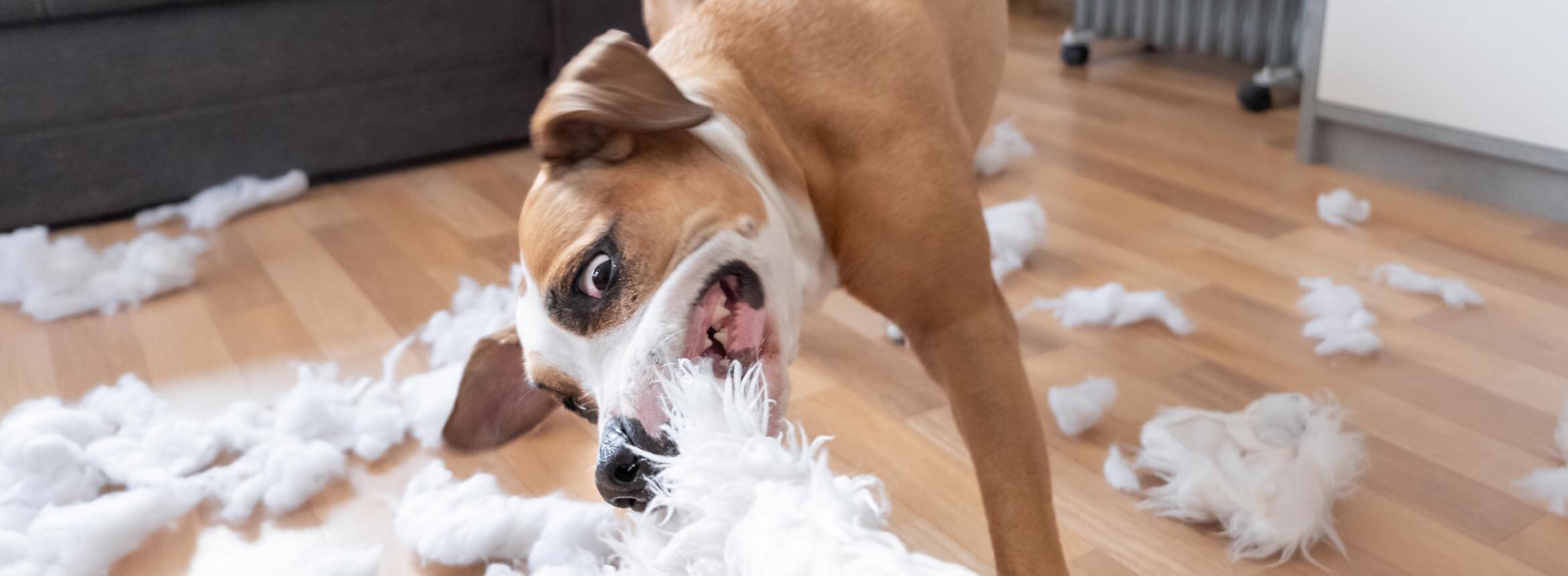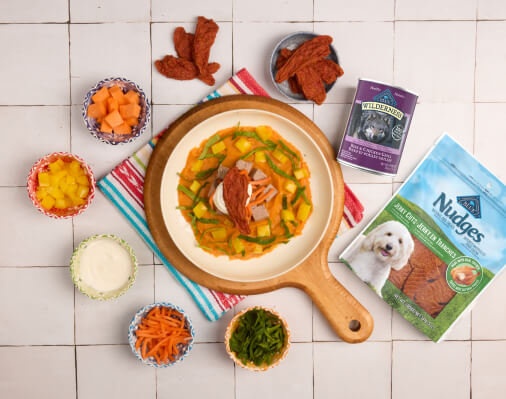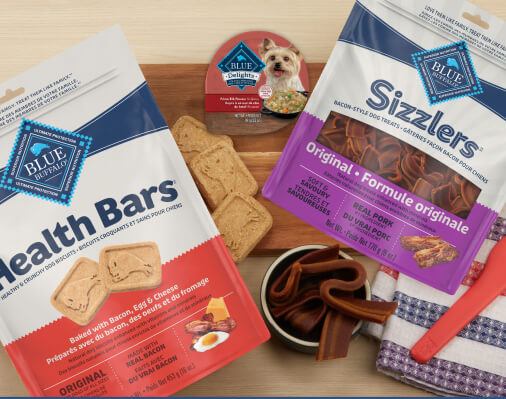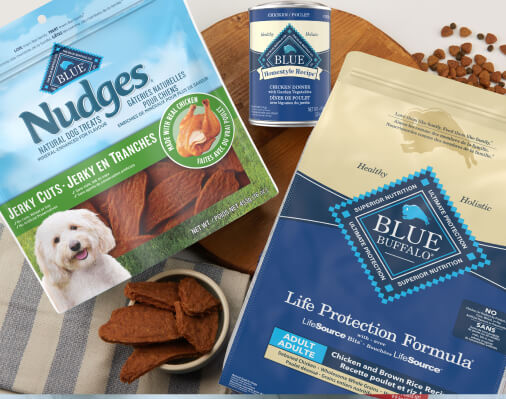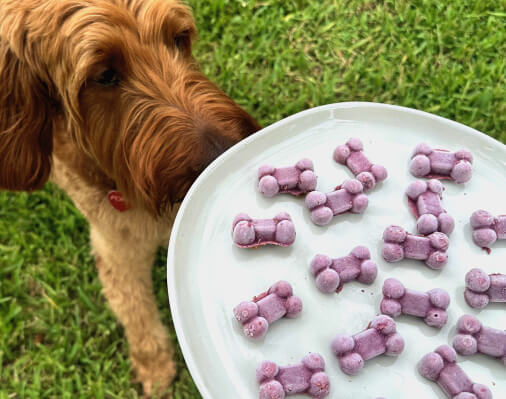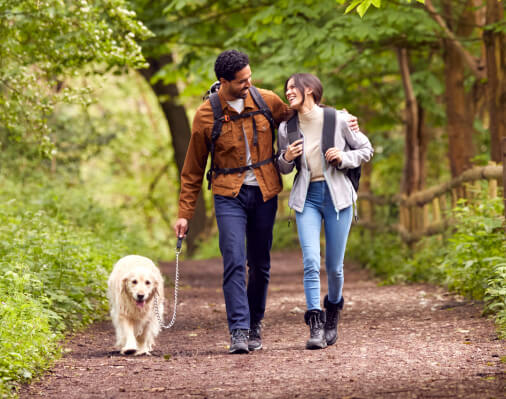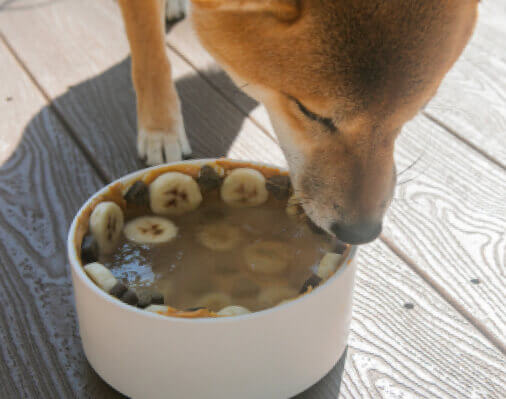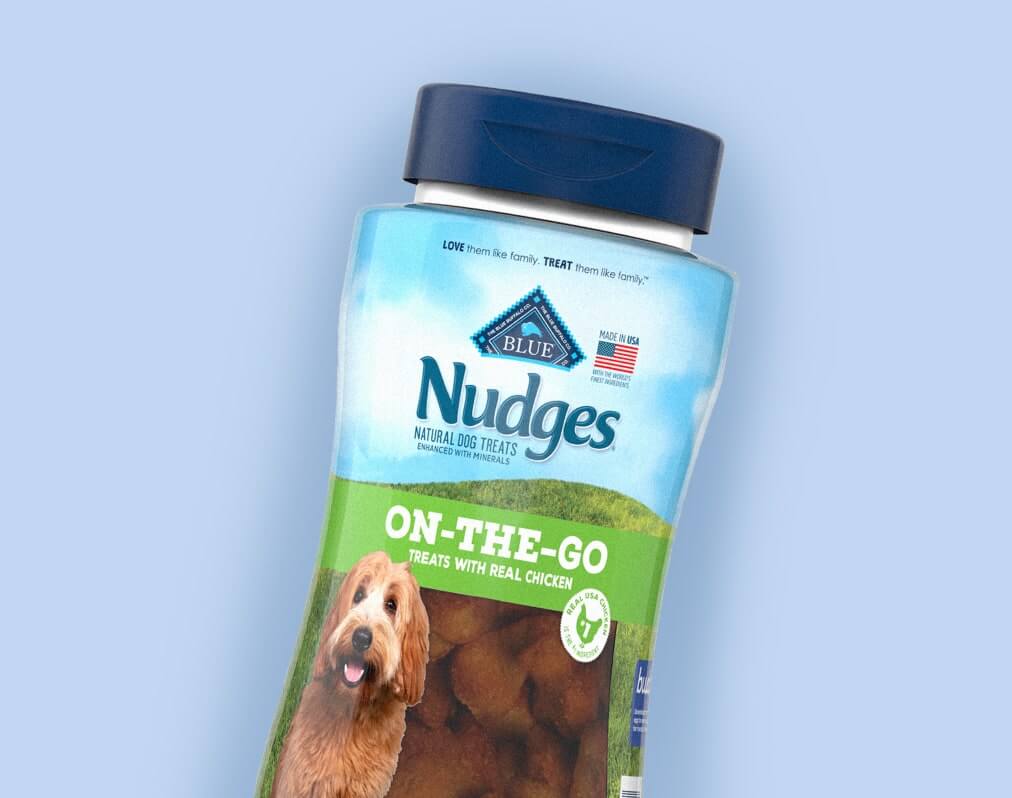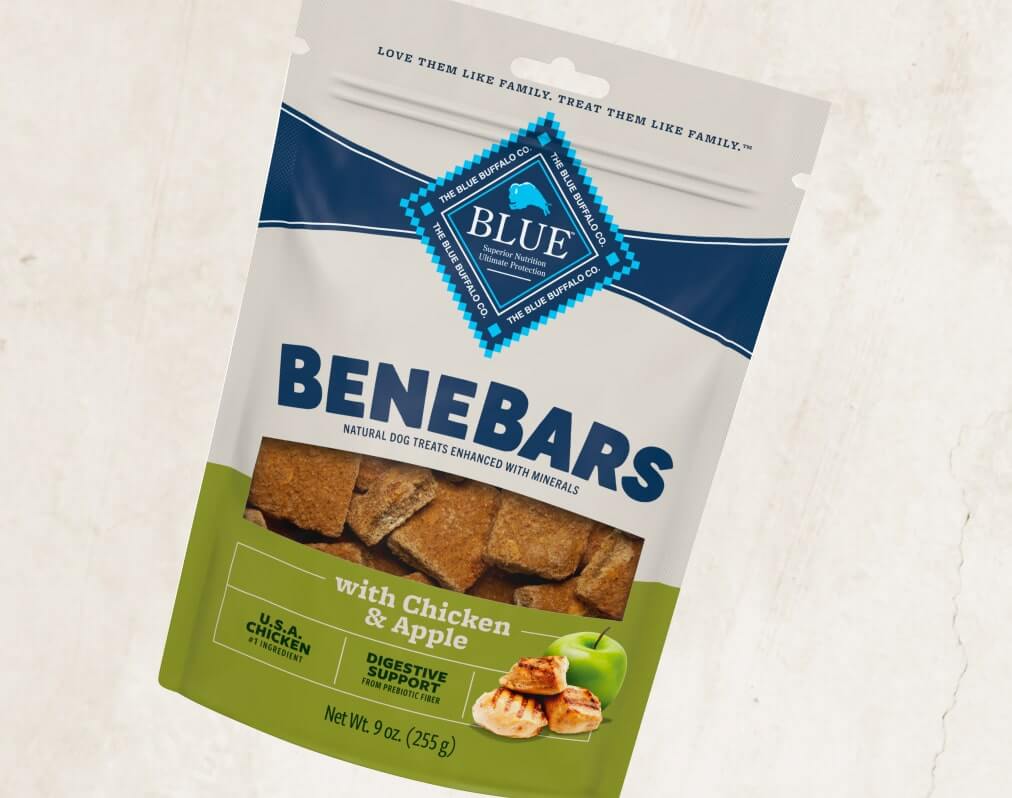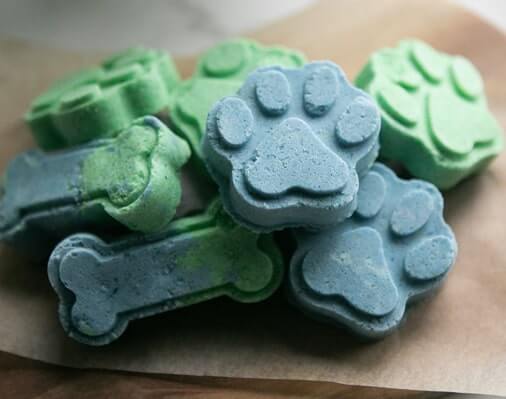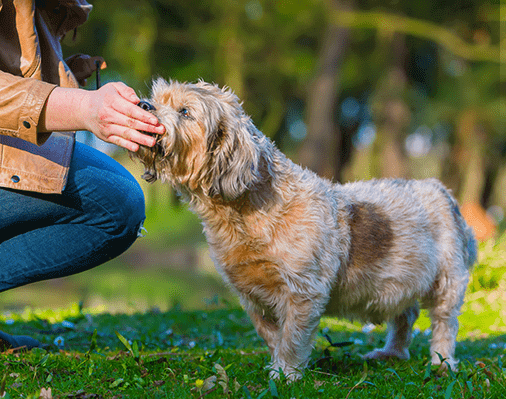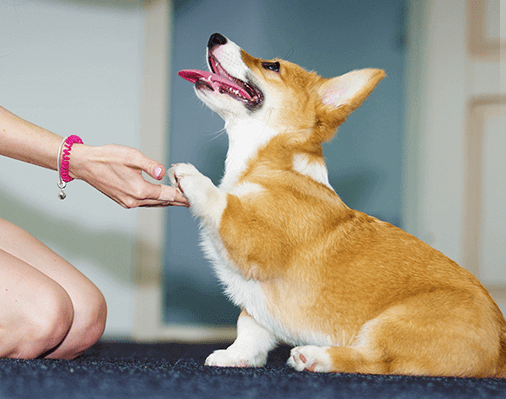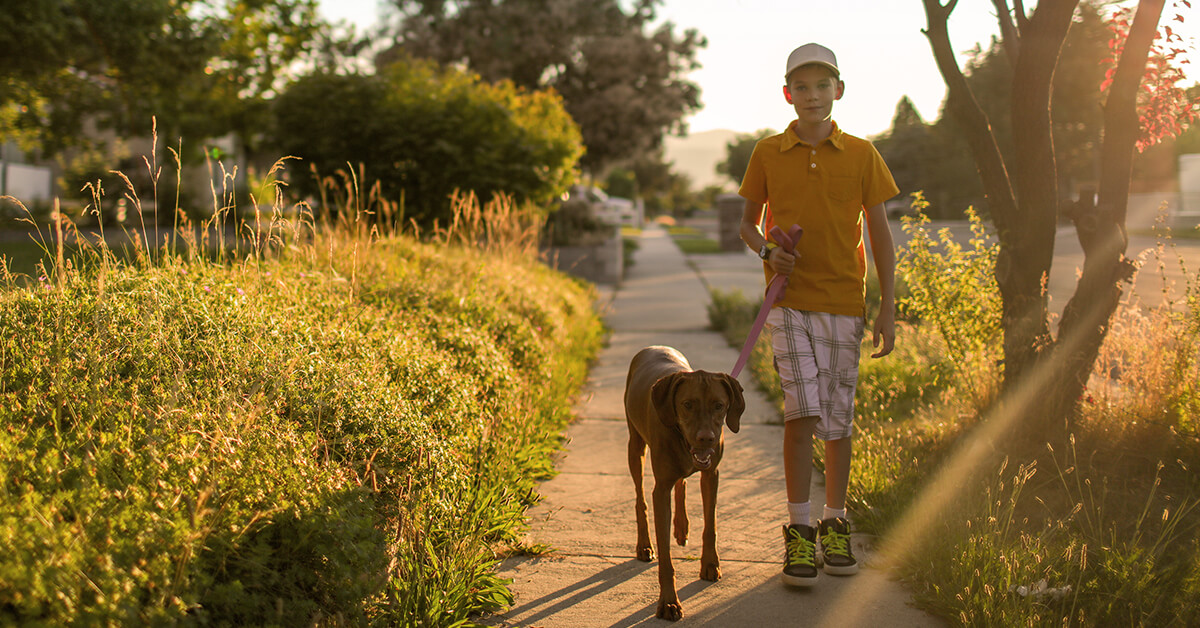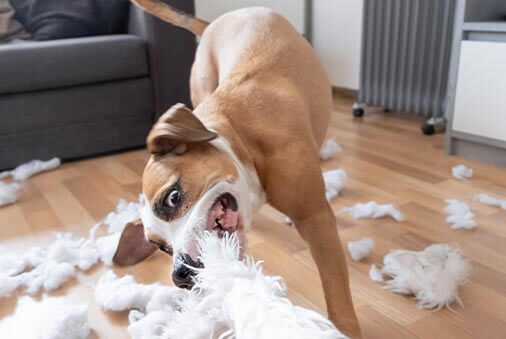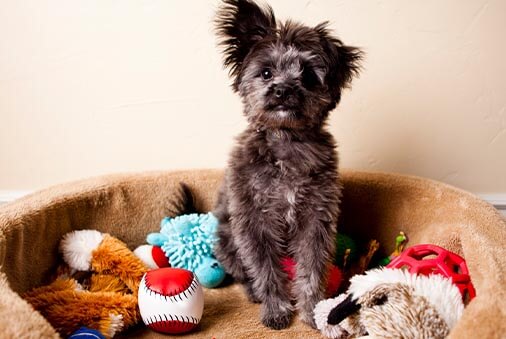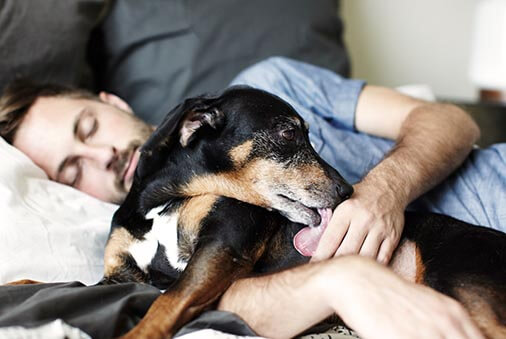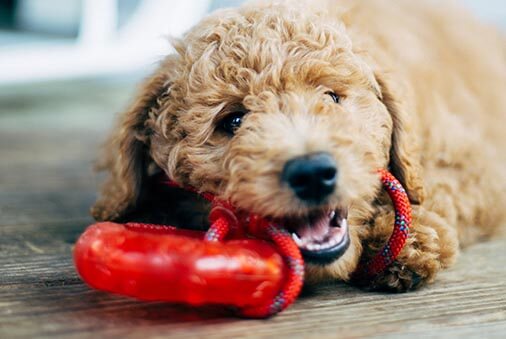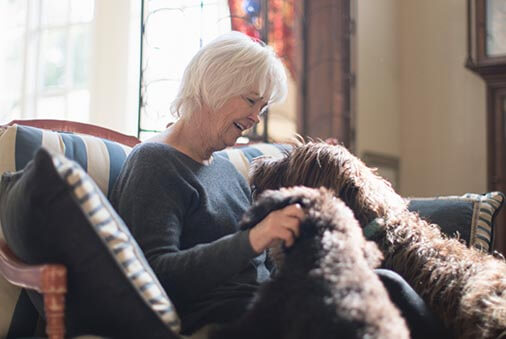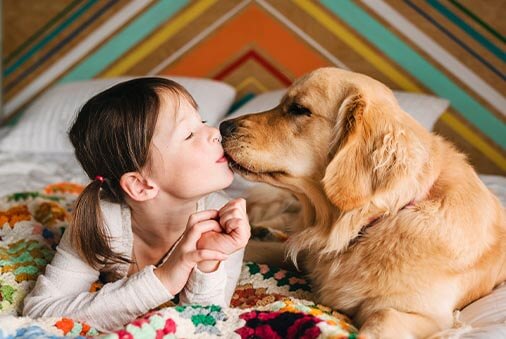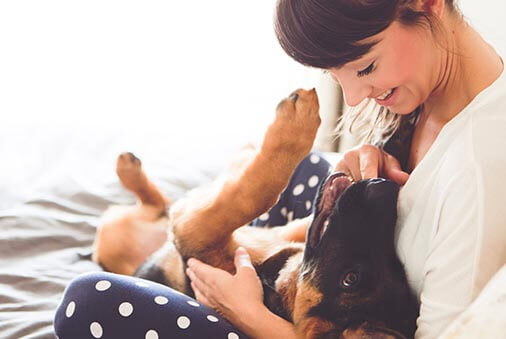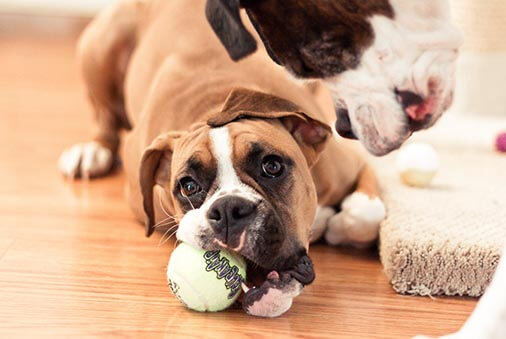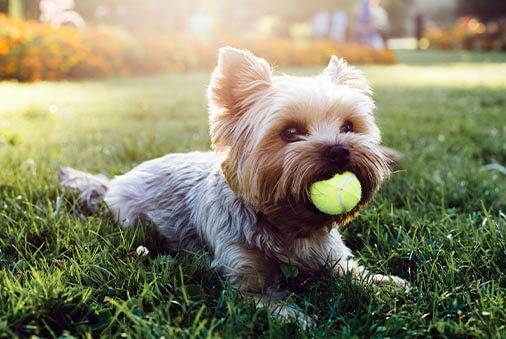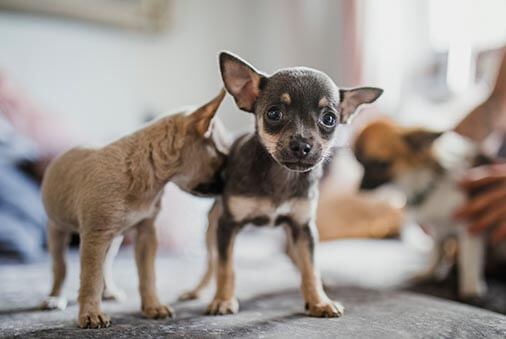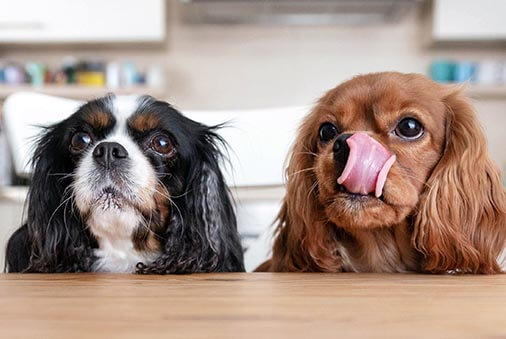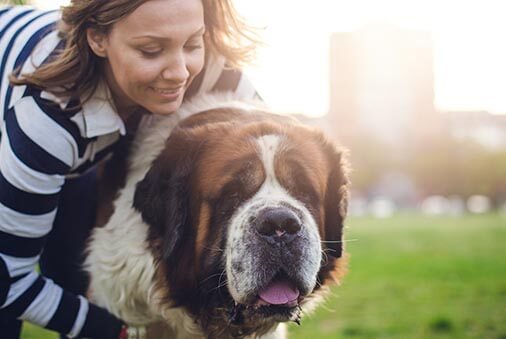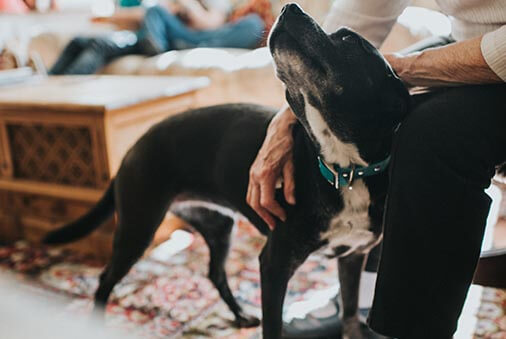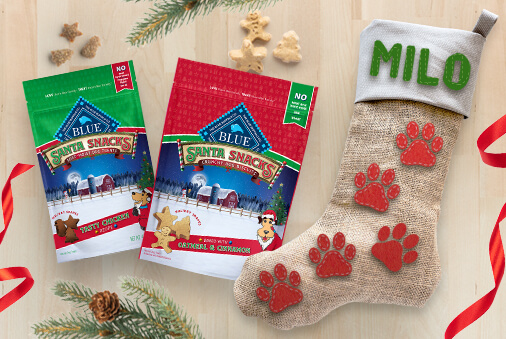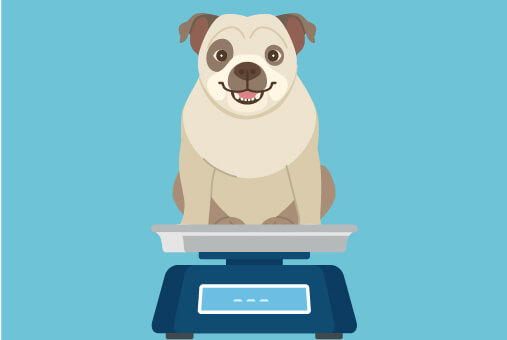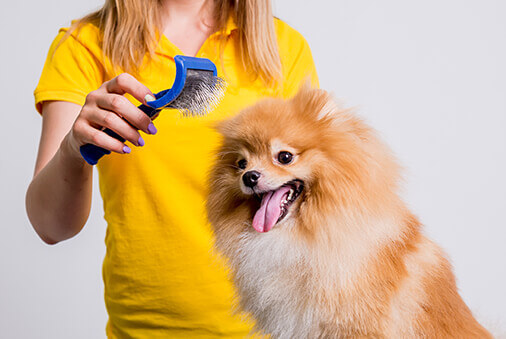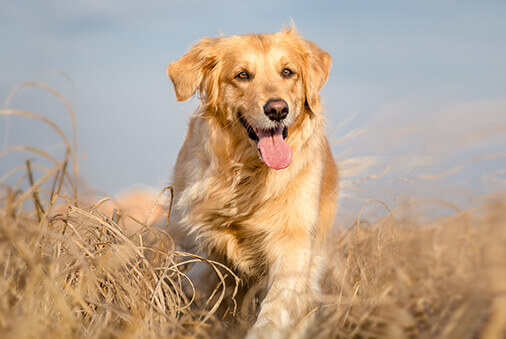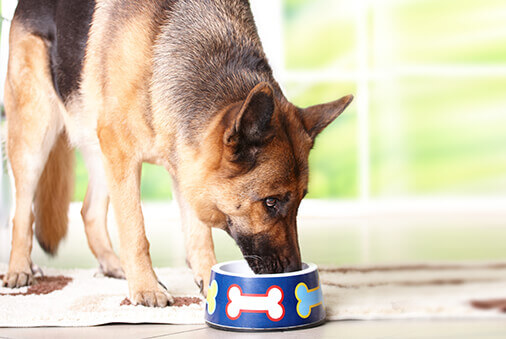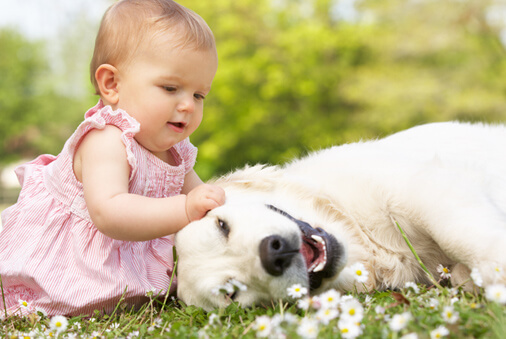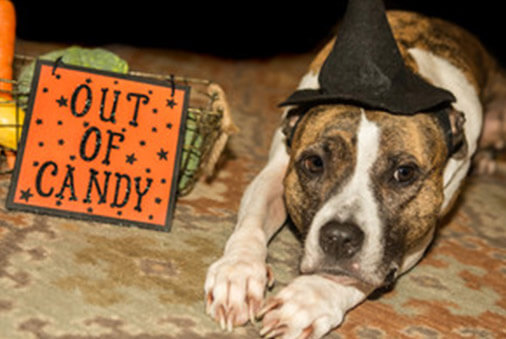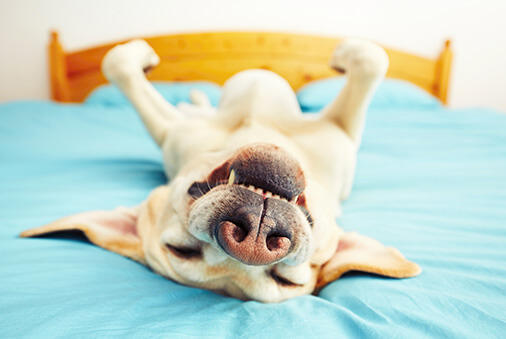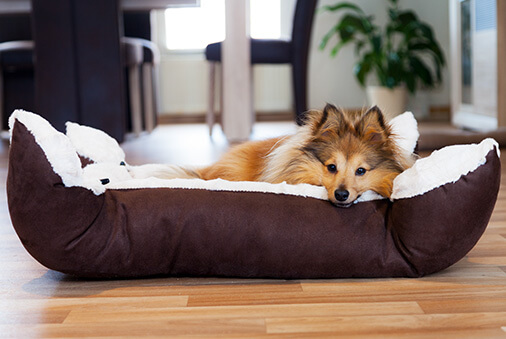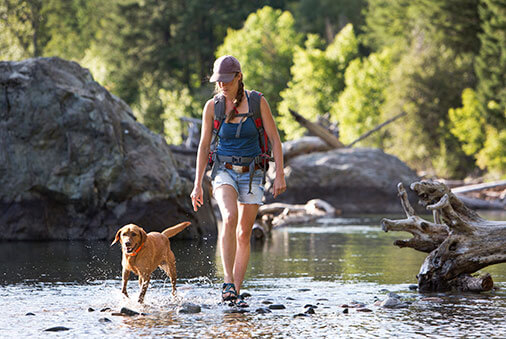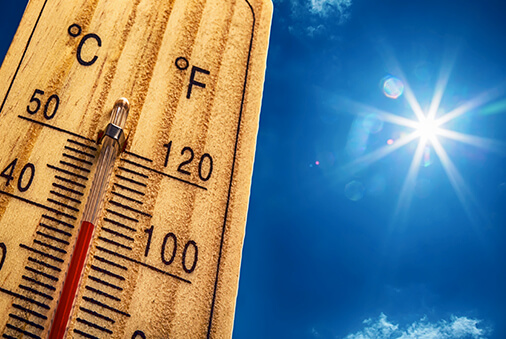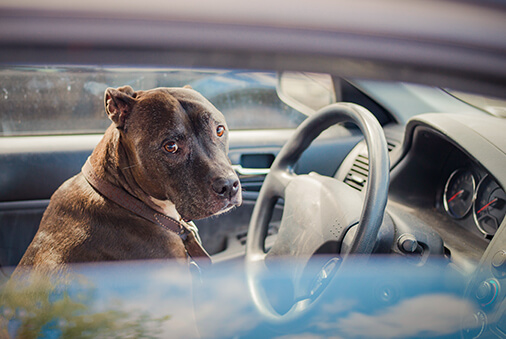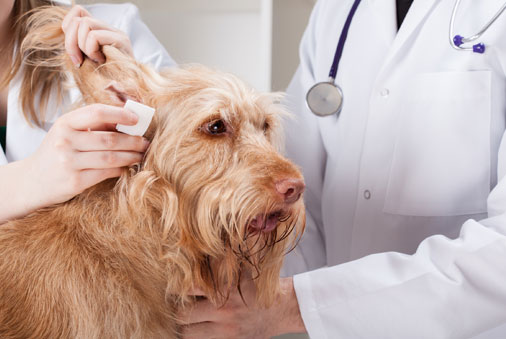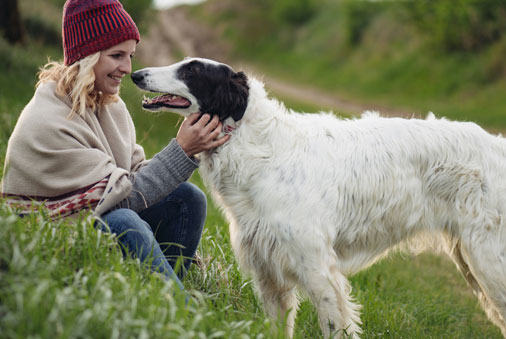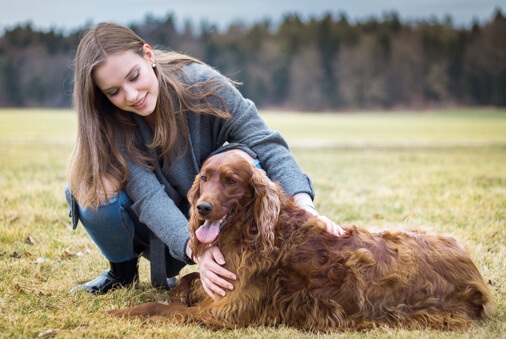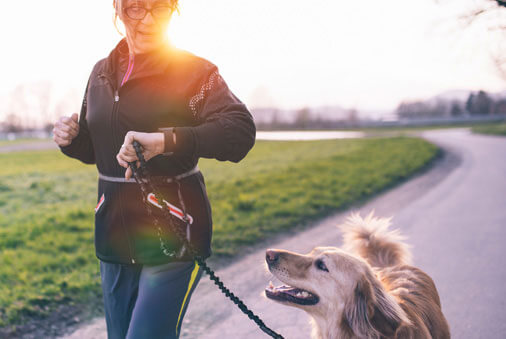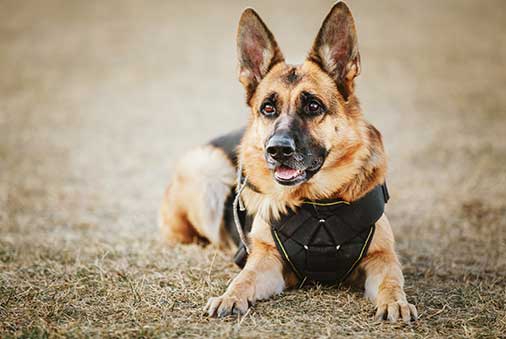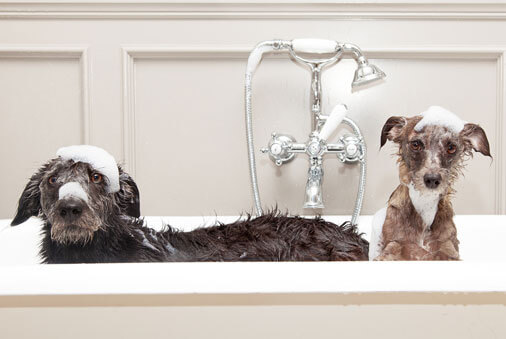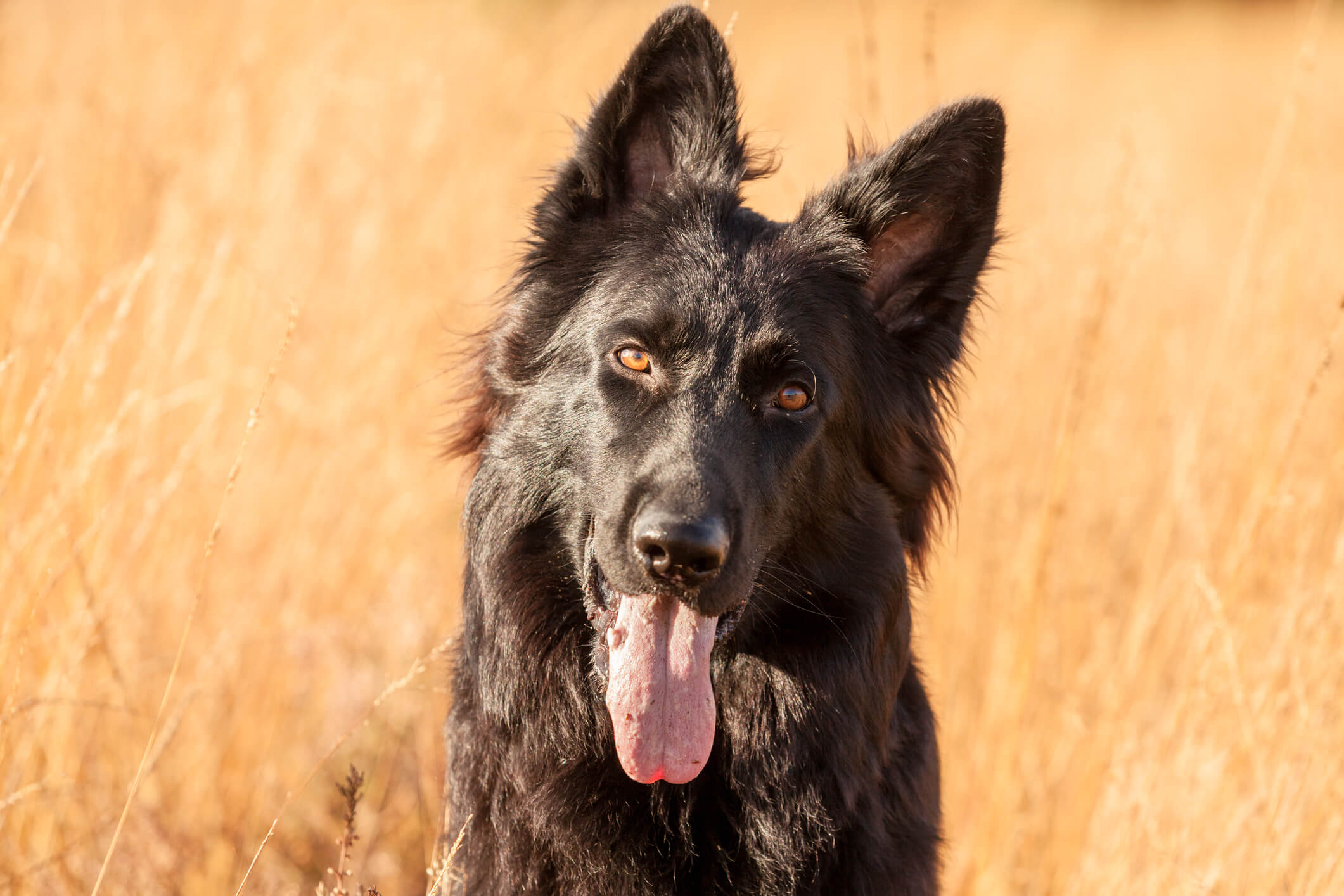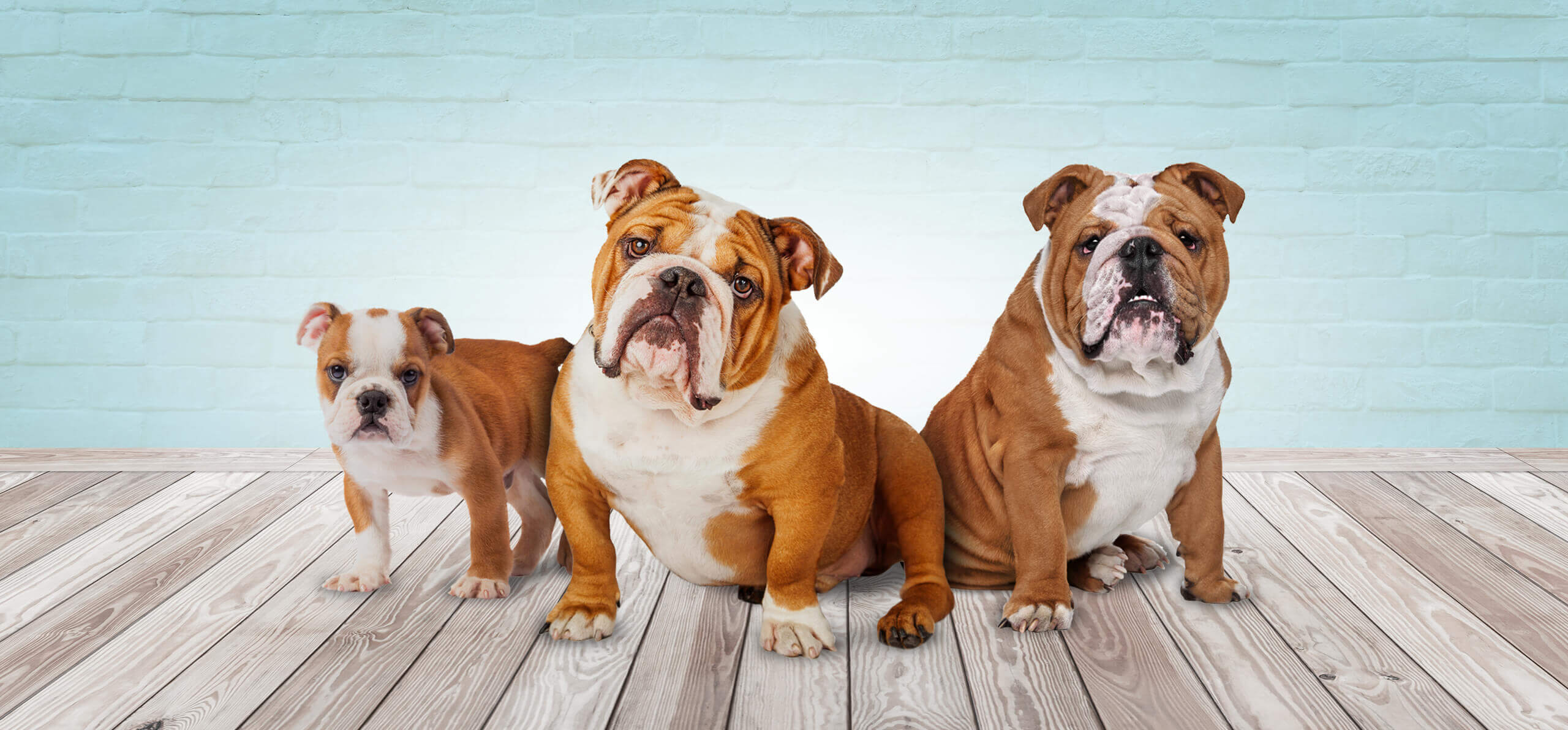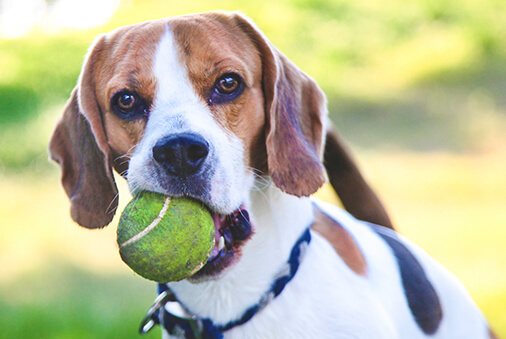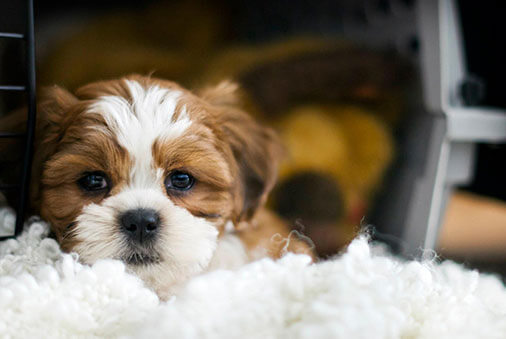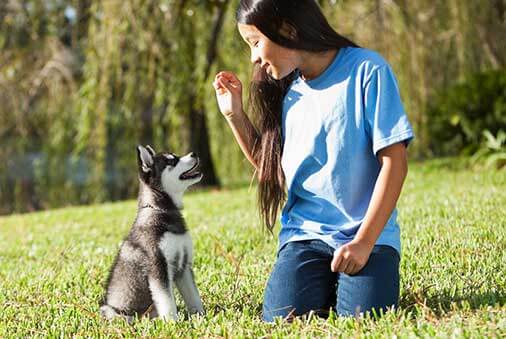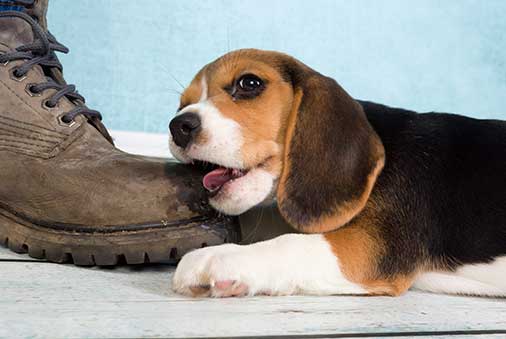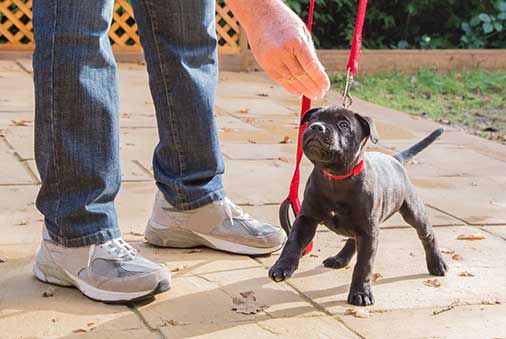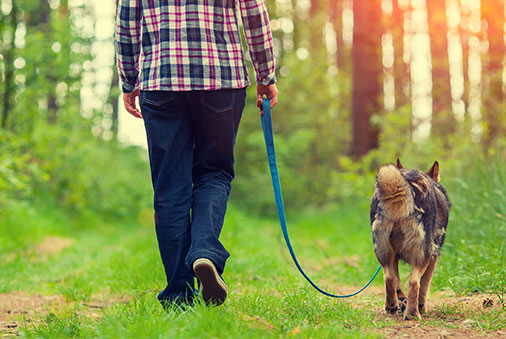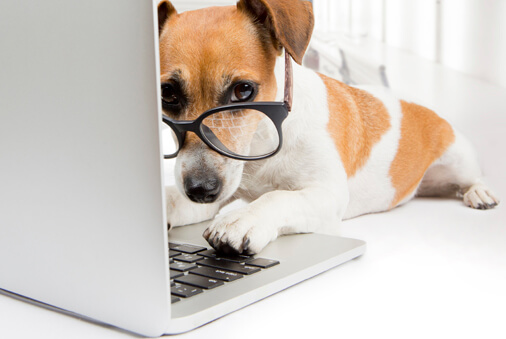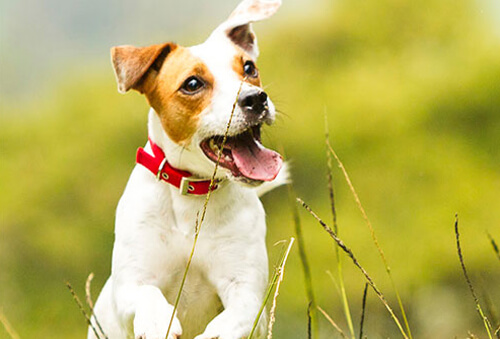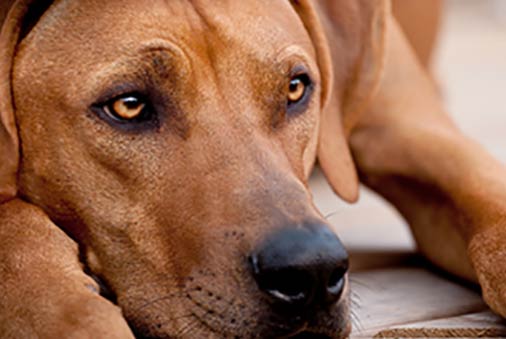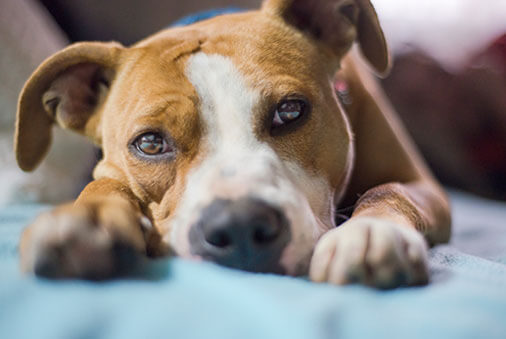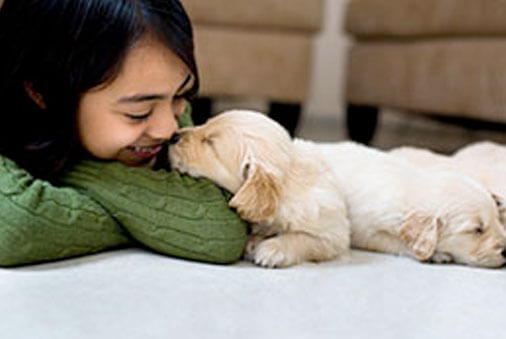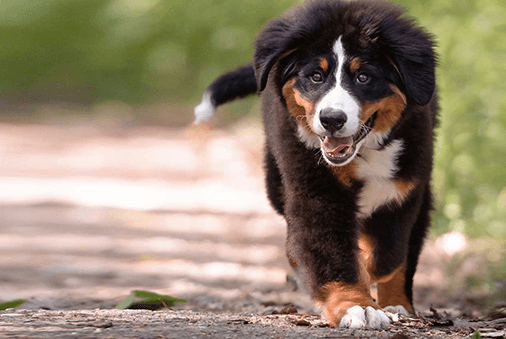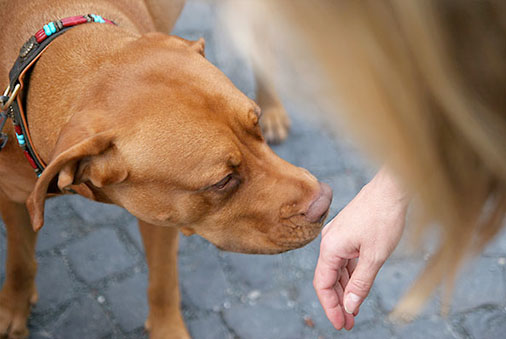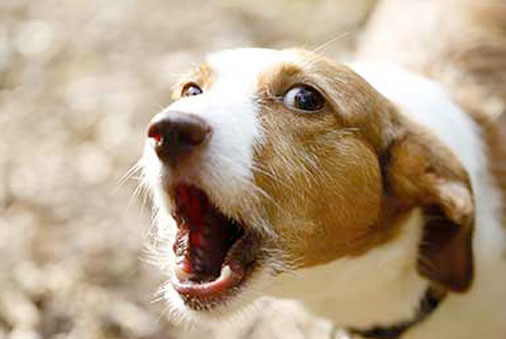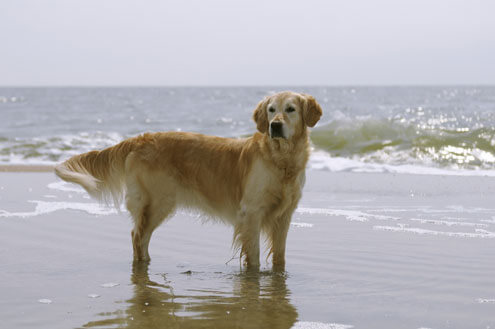Puppies are incredibly cute and completely cuddly! They are also growing and exploring the world around them and vulnerable to illness and injury. Here are some key pointers to help protect your pup.
Watch what your pup chews and nibbles.
Puppies explore the world around them with their mouths. This leads to a lot of chewing and nibbling on anything they can find! If your pup chews on the wrong thing — like a rock, toxic houseplant, or piece of furniture — it could be dangerous. Provide lots of puppy-safe chew toys for your pal and limit his access to areas where he could chew on household items or small objects.
Many human foods aren’t good for a puppy, either. Chocolate is especially toxic. Read up on what human foods to avoid feeding your pal and stick to kibble and dog-safe treats instead of table scraps.
Stay up to date on vaccinations.
Puppies are susceptible to two major illnesses when they’re young: parvovirus and distemper. Until your pal is fully vaccinated, he shouldn’t play with other unvaccinated dogs.
Parvovirus is a highly contagious and dangerous disease, and dogs between 12 weeks and three years old can become seriously ill if they contract it. The American Animal Hospital Association (AAHA) recommends puppies be vaccinated every three to four weeks between the ages of six and 16 weeks old.
Common signs of parvovirus include fever, vomiting, lethargy, and bloody diarrhea. It is important to contact your veterinarian or bring your puppy to an animal hospital immediately if you see these signs, regardless of your pup’s vaccination status; parvovirus can often be fatal to puppies.
Distemper is another easily contracted puppy ailment. It initially appears as an upper respiratory disease with sneezing and eye discharge, but it can progress into pneumonia or neurological problems if it’s left untreated. Thankfully, there is a vaccination available; protocols vary, but the AAHA recommends vaccinating every three to four weeks when your puppy is between six and 16 weeks old. Read up on what vaccinations your new pal needs (and when).
If you notice your puppy has respiratory symptoms, don’t assume it’s a simple cold. As always, call your vet if he’s showing signs of distemper. It’s crucial to catch this condition early because it can lie dormant and break out again later.
Supervise play to avoid bumps, bruises, or bites.
Puppies are curious, enthusiastic, and a little clumsy — a combination which is sweet to watch but can make them accident-prone! Supervise your pal around stairs and when he’s on top of high furniture to avoid a tumble. If he’s having an energetic play session, put him in a room or location outside where he won’t knock into things or take a steep fall. And if you can’t keep an eye on your pup, keep him in a secure spot where he’ll be less likely to get into trouble, like his crate.
Keep an eye on doggie playtime!
“Your puppy wants to play, play, play (which is great for socializing him), but his playmate may not, so your new pal may get banged up, scratched, or even bitten! Be mindful of your pup’s smaller size, too. A bigger dog may want to play, but your little guy is no match for an adult dog three times his size. Puppy training classes may be helpful, as your pup will get to meet other puppies and learn to interact safely with them.”
--Dr. Vickie Carmella, Director of Veterinary Scientific Affairs, Blue Buffalo
Brush those pearly whites.
Starting a toothbrushing routine early will give a big boost to your pal’s health later in life. Bacteria-laden plaque and tartar on the teeth can spread under the gums, causing them to separate from the teeth and form pockets where infection can readily breed. To protect your pup, pick up a dog-safe toothbrush and paste, and polish those chompers at least three times a week.
Now that you know how to keep your pup safe and healthy, it’s time to take a break for some cuddle time! Puppies grow up fast and you don’t want to miss out on this most precious stage of puppyhood.

